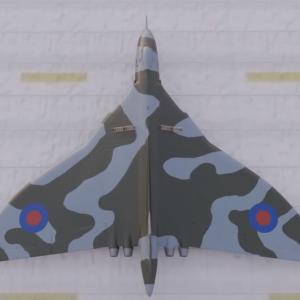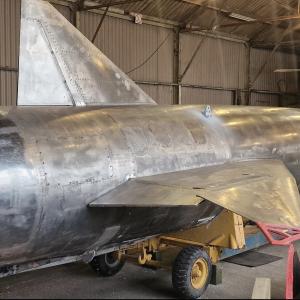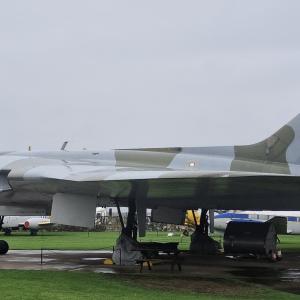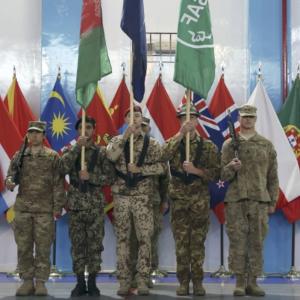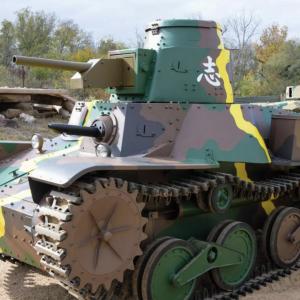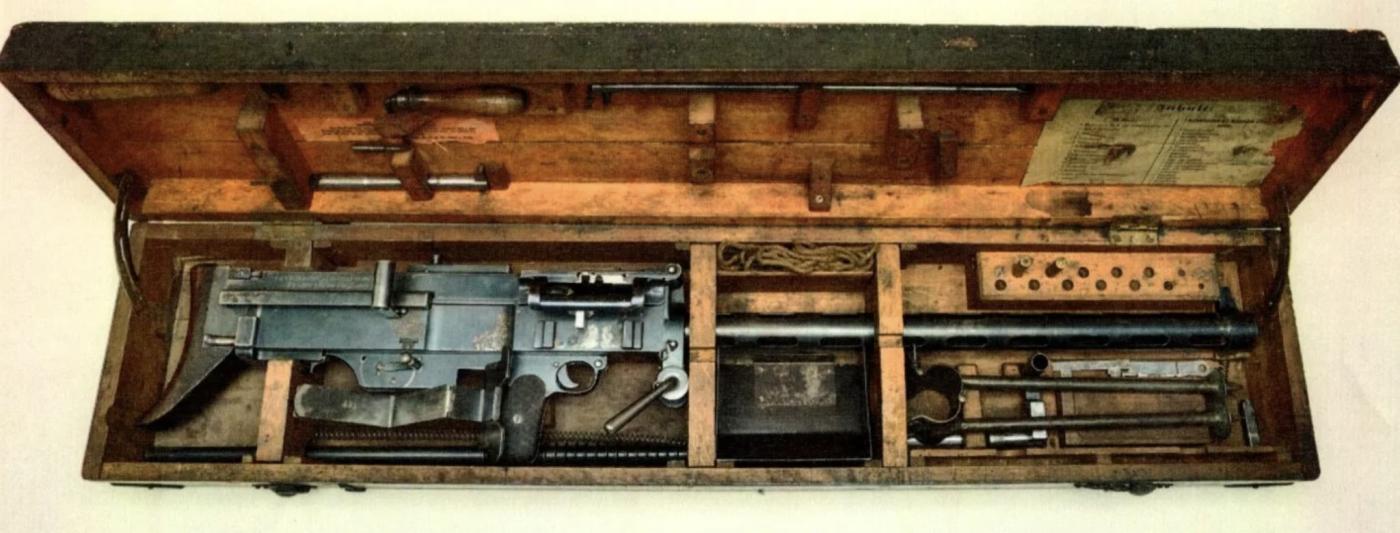
Bergman MG-15 machine gun
The Bergmann MG15, often referred to more fully as the MG15nA (Maschinengewehr 15 neu Art), was one of Imperial Germany’s primary light machine guns during the latter part of World War I. It represented a transitional stage in the development of automatic weapons, bridging the gap between the heavy, crew-served machine guns that had dominated the early war years and the more portable light machine guns that would become standard in later conflicts.
The MG15 was designed by Theodor Bergmann, a prolific German industrialist and firearms designer based in Suhl, Thuringia. Bergmann was well known for his innovations in automatic weapons, particularly his earlier work on submachine guns and automatic pistols. The MG15 was developed from the earlier MG 08/15, Germany’s standard light machine gun derived from the Maxim system, with the aim of producing a more mobile and efficient support weapon for infantry use.
Although Bergmann designed the weapon, its production was primarily handled by the Waffenfabrik Bergmann company, also located in Suhl. However, due to the increasing demands of wartime production and the need to equip large numbers of troops, manufacturing contracts were also extended to other German arms factories, such as Theodor Vetter in Suhl and various state arsenals. The designation MG15nA signified the “new model” (neu Art), differentiating it from earlier iterations and prototypes.
The MG15nA was a recoil-operated, air-cooled light machine gun. Unlike the water-cooled MG08/15, it eliminated the bulky water jacket, using a perforated barrel shroud to facilitate air cooling. The gun was chambered for the standard German 7.92×57mm Mauser cartridge and fed from a side-mounted 100-round fabric belt or, less commonly, 75-round drum magazines. It featured a quick-change barrel system, allowing for sustained fire without the prolonged overheating issues common to earlier models.
In terms of performance, the MG15 had a relatively high rate of fire for its class. The cyclic rate varied slightly depending on conditions and the quality of the ammunition used but typically ranged from 500 to 600 rounds per minute. This was comparable to the MG08/15, though the lighter weight and improved handling made the MG15 better suited to the fast-paced, dynamic combat situations that became more common in the final years of the war.
Accuracy of the MG15nA was generally considered good for a light machine gun of its era. While not as precise as a bolt-action rifle in the hands of a trained marksman, it was effective at delivering suppressive fire at ranges up to 600 meters. Practical accuracy was aided by a bipod mounted near the muzzle and a shoulder stock that allowed for relatively stable firing in prone or supported positions. The gun was not designed for precision shooting but rather for providing mobile, high-volume firepower to support infantry movements and to defend against enemy attacks.
One of the MG15’s advantages was its relative portability. Weighing around 12 to 13 kilograms without ammunition, it was significantly lighter than earlier machine guns, especially the water-cooled types. This made it more feasible for use by stormtrooper units and assault teams, which relied on maneuverability and shock tactics. The weapon could be carried and operated by a single soldier, though it was often deployed with a second man serving as an assistant gunner and ammunition bearer.
Despite its innovations, the MG15nA had limitations. The fabric belts it used were prone to jamming in dirty conditions, and the air-cooled barrel could still overheat during prolonged firefights, necessitating caution and controlled bursts. Additionally, the mechanism was relatively complex, requiring careful maintenance. Nevertheless, the weapon filled an important tactical niche, and its influence could be seen in postwar light machine gun development, both in Germany and abroad.

